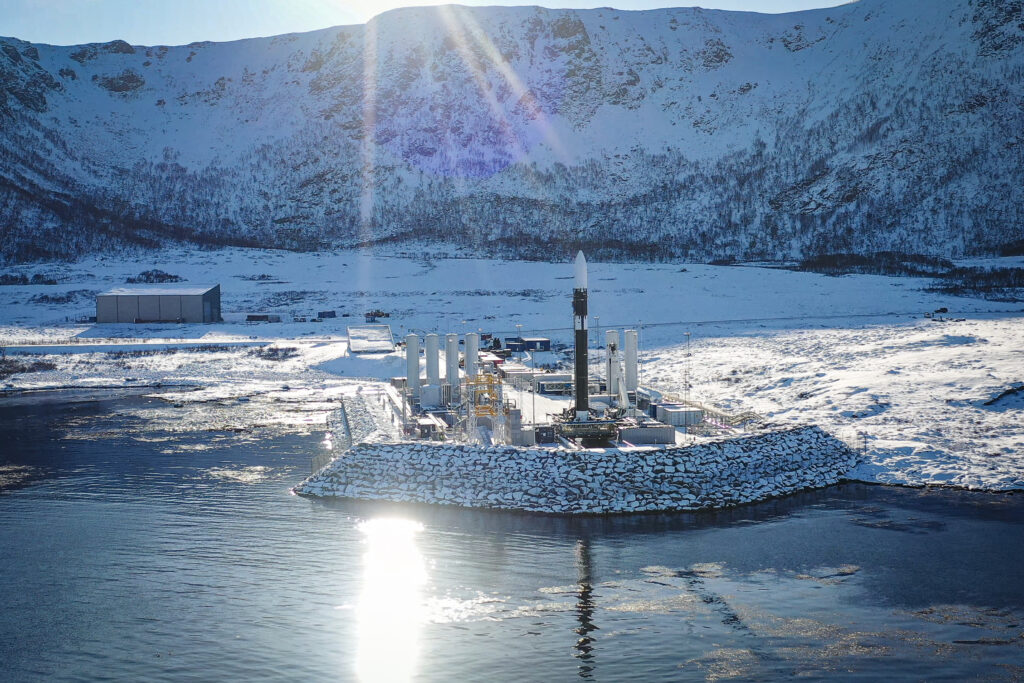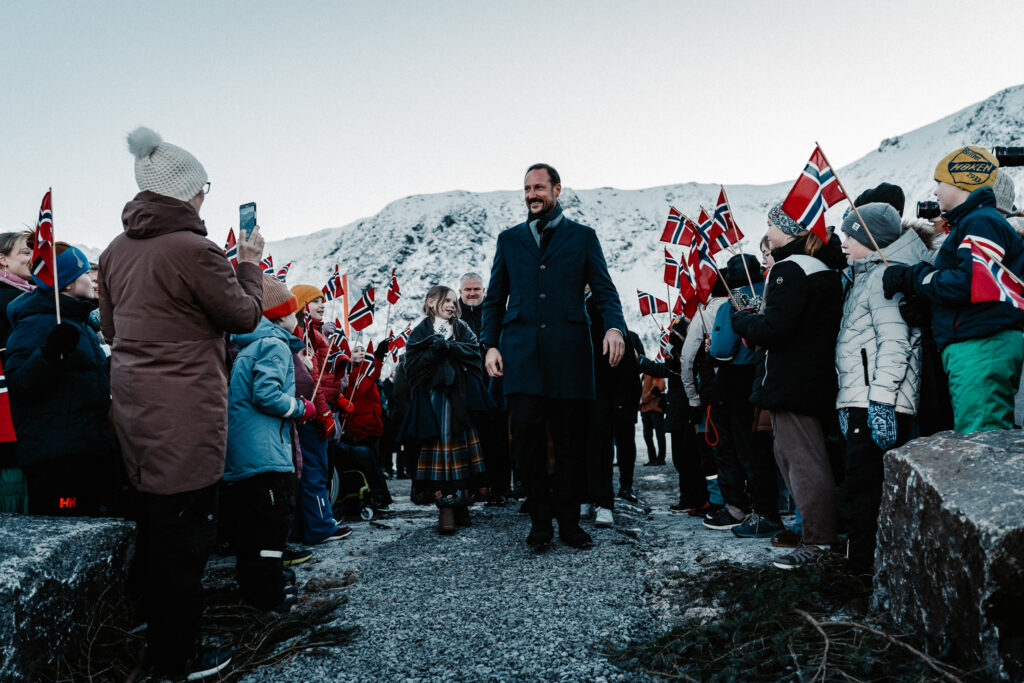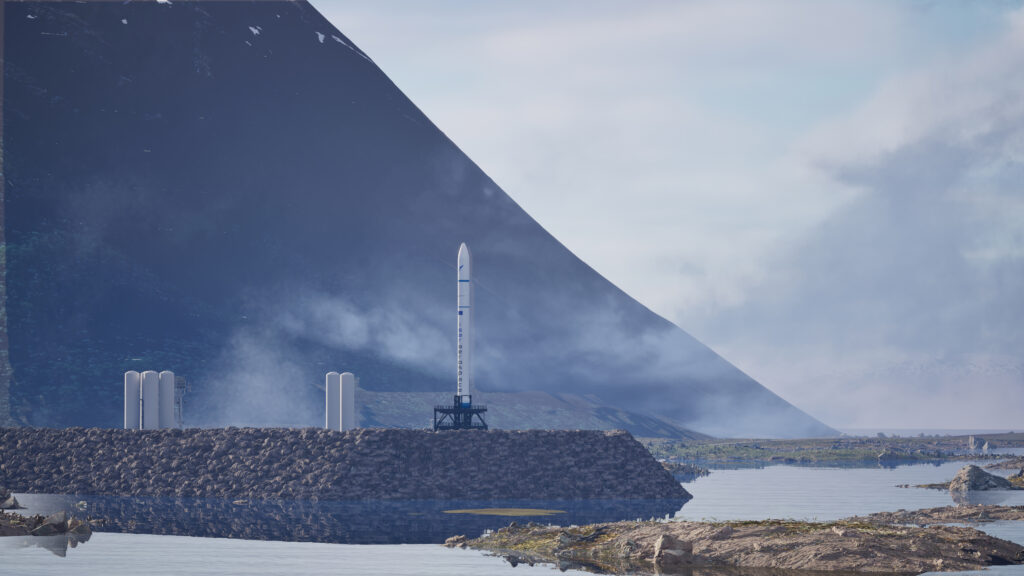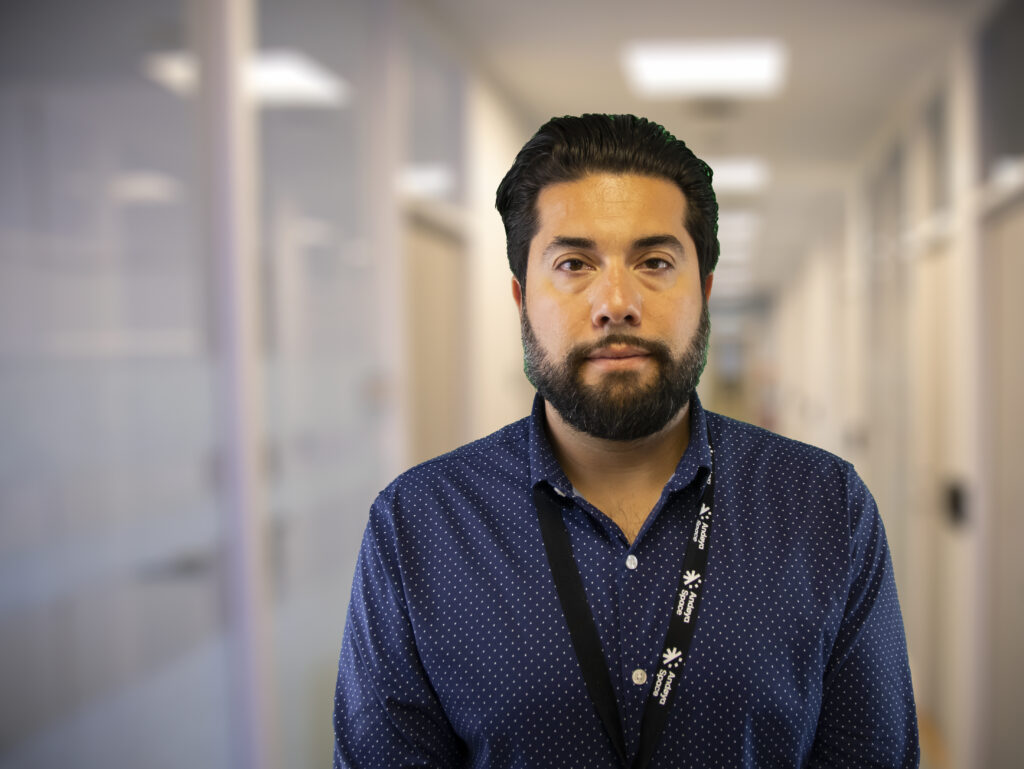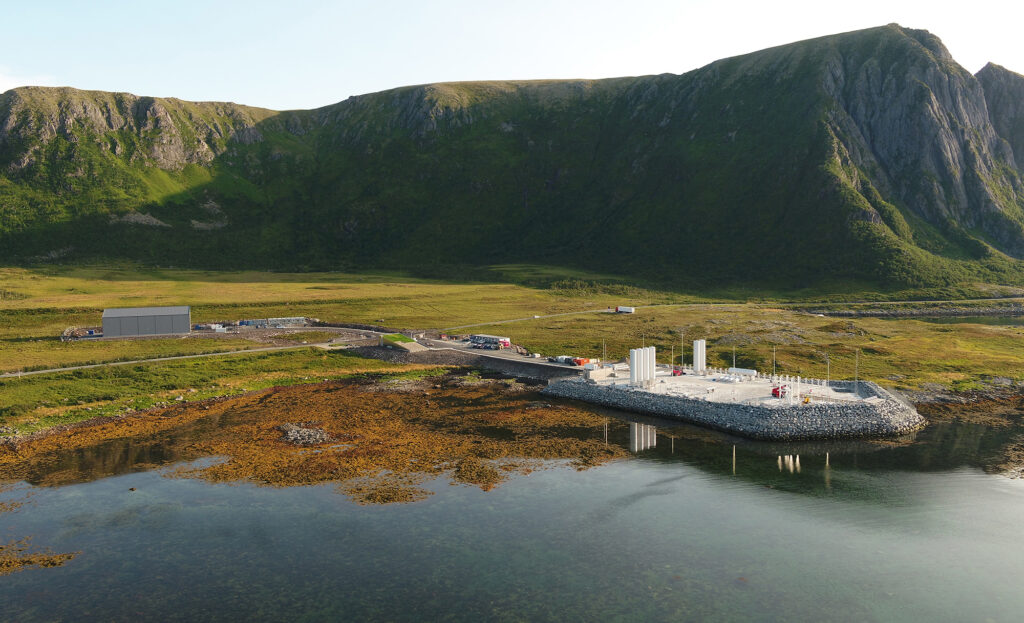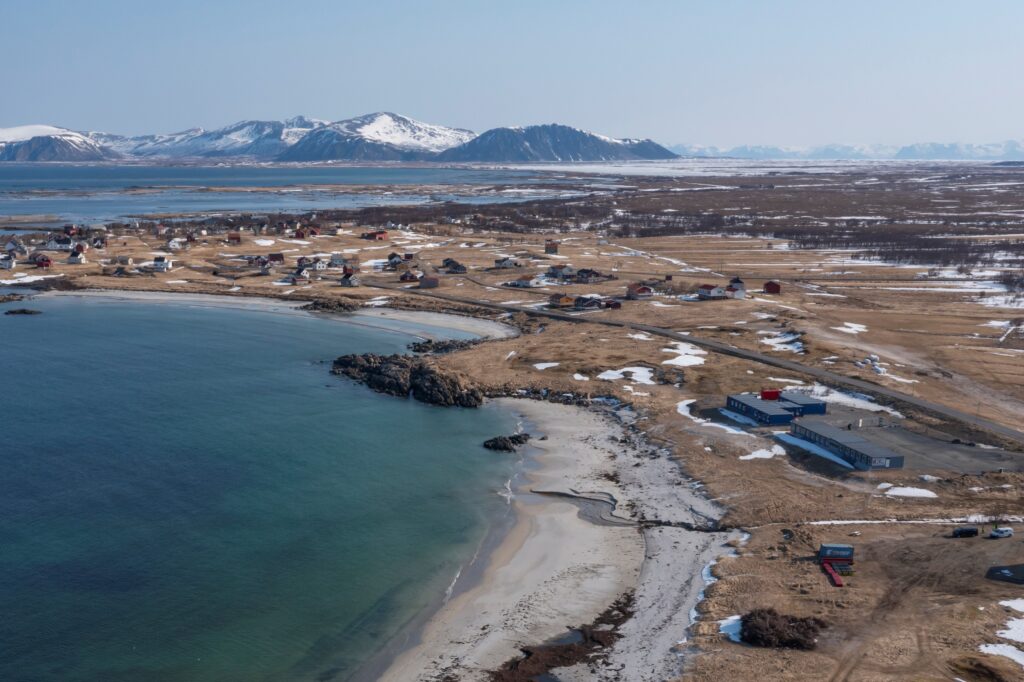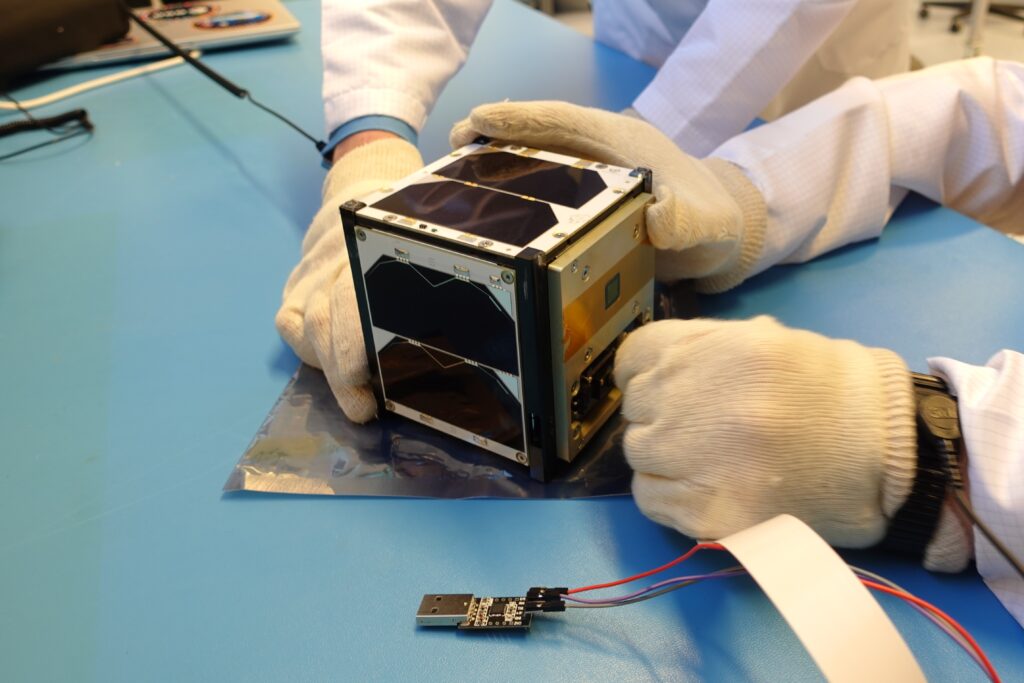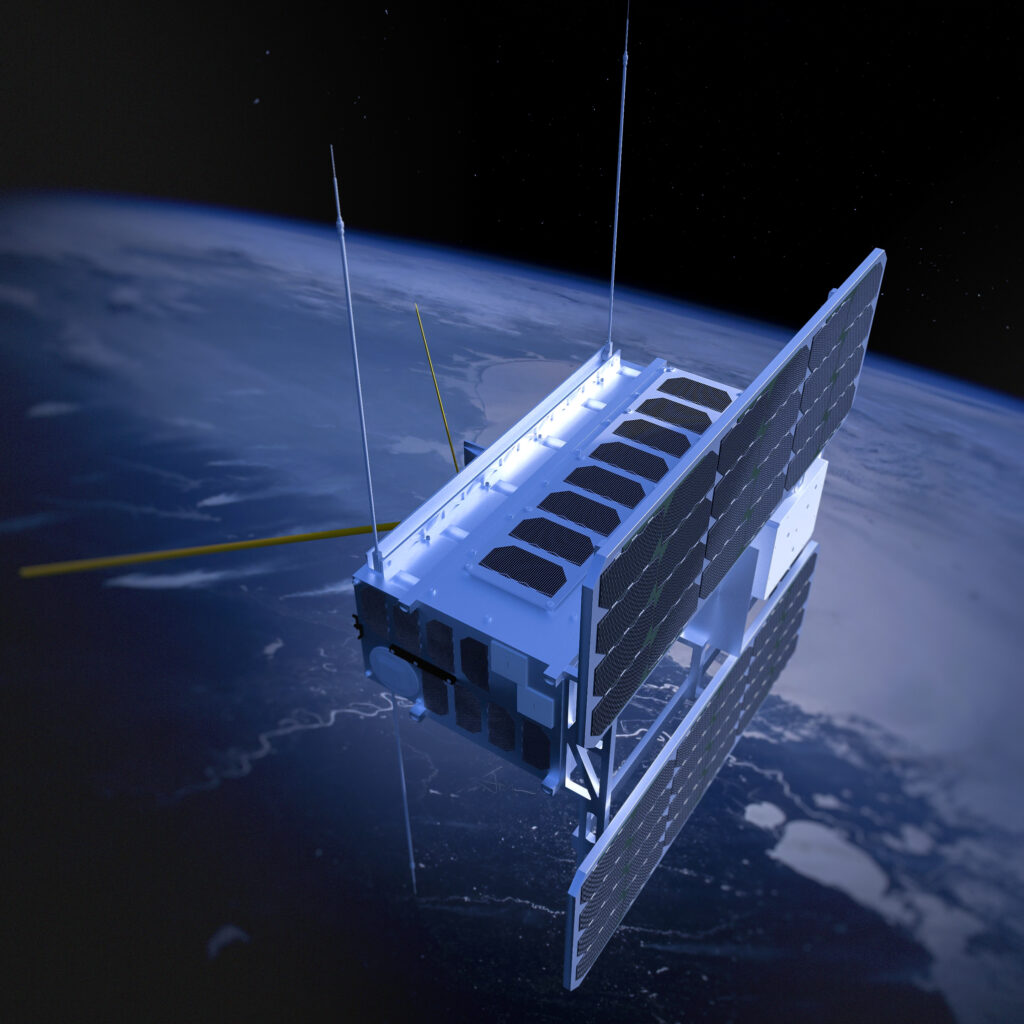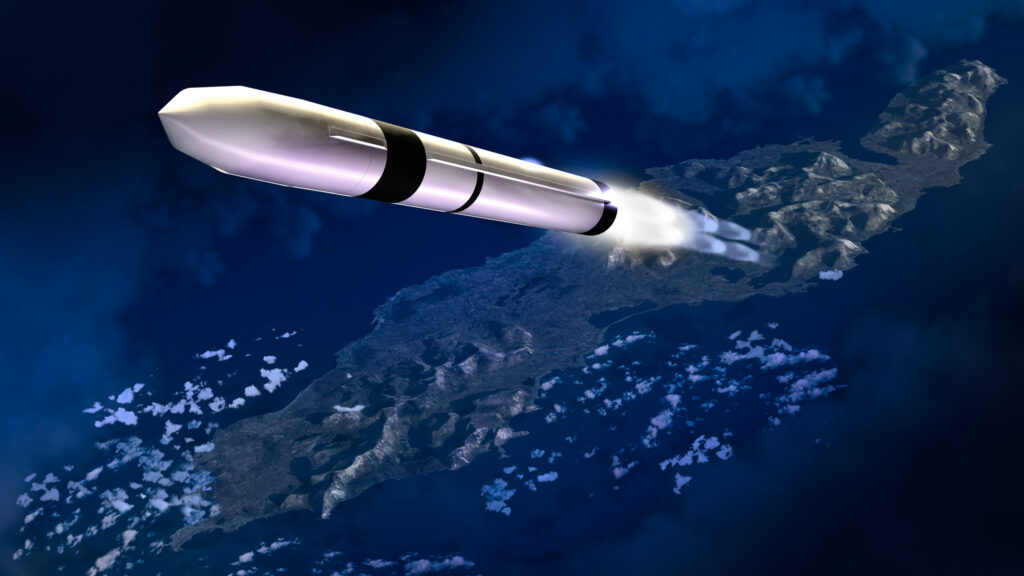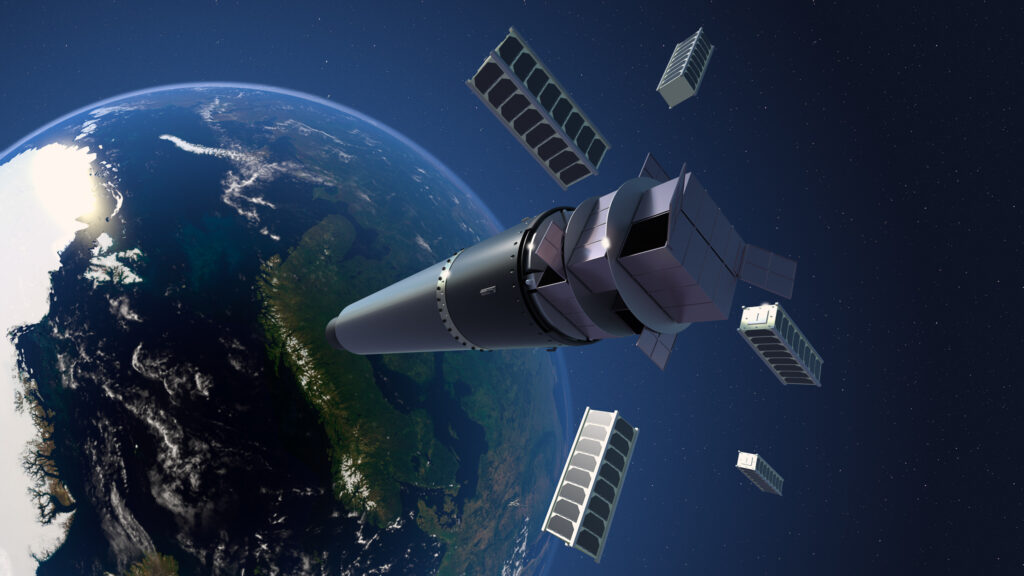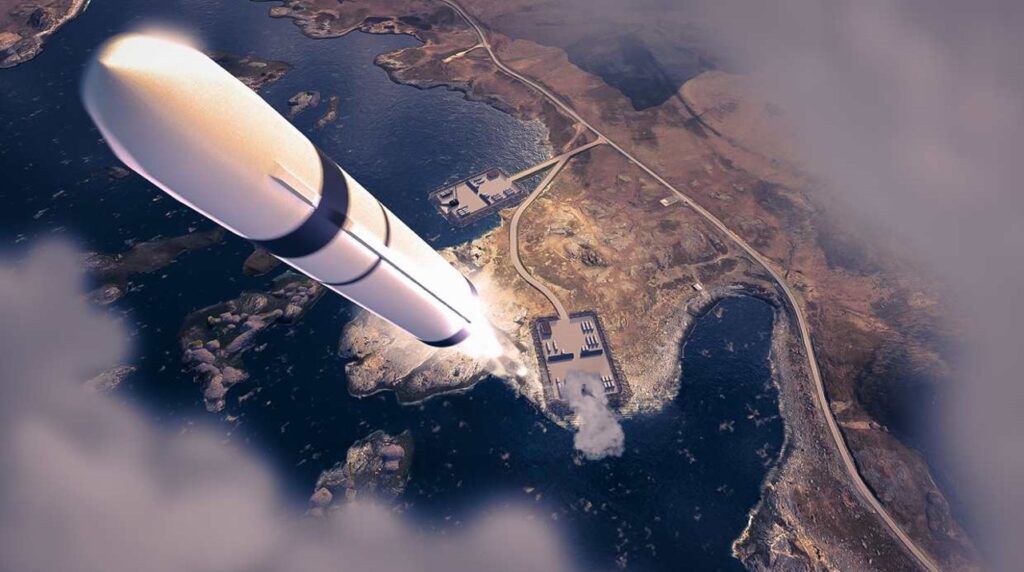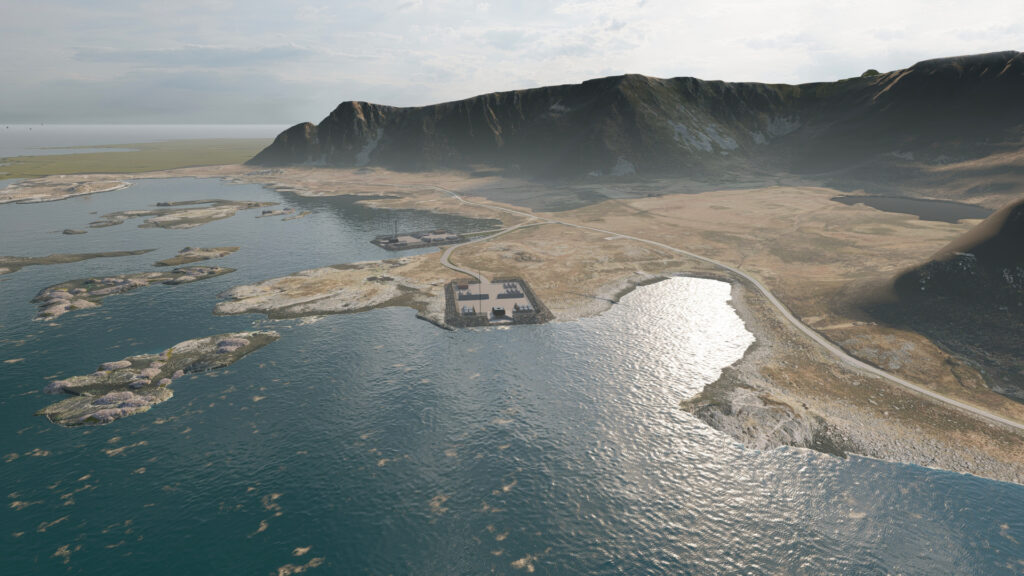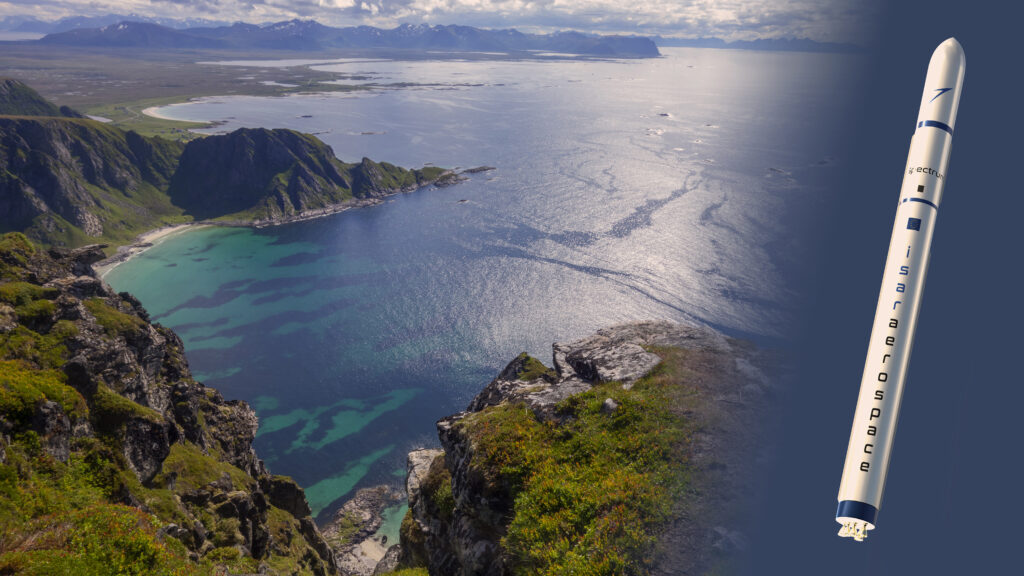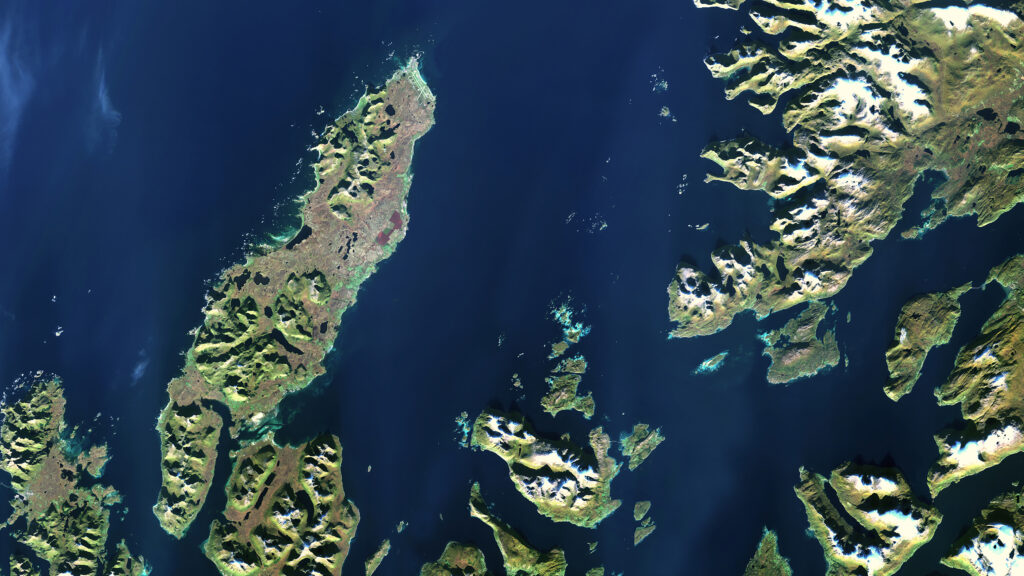Ref: https://andoyaspace.no/articles/how-can-satellites-help-during-disasters
When disasters strike, help from satellites can make a huge difference to ensure that the best and most accurate information needed for the situation is made accessible.
– The satellite data needed during disasters are first and foremost from optical and radar satellites, says Jon Harr, Operations Director at Andøya Spaceport. – They can map the affected area, see the full extent of the damage, and spot entry or exit points and safe zones.
Thus, optical and radar satellite data are vital for evaluating the scope of the disaster, for emergency services entering or working in the disaster area. They are used for search and rescue, setting up assembly points, organizing evacuation and more.
– For emergency services, establishing phone and internet communication via satellite is also vitally important, as all ground-based communication may be knocked out in the disaster zone, Harr says.
Establishing satellite communication for emergency work usually doesn’t take much time, as such satellites already cover the entire Earth.
Can provide vital help
For all types of disasters, whether caused by hurricane, tornado, flooding, landslide, earthquake, tsunami, wildfire, drought, famine or other phenomena, the International Charter Space and Major Disasters provides free and quick access to satellite data for any country that needs it.
The Charter coordinates the delivery of several types of satellite data from many different organizations and satellite operators. This ensures that the best and most accurate information needed for the situation is made accessible.
With new technology and computer algorithms, even small satellites can provide vital help when disaster strikes.
Small satellites are used for communication, earth observation, navigation, as well as search and rescue. Andøya Space will launch small satellites in 2023.
Coverage and providers
Even for optical or radar satellites, data from any place on Earth only takes from a few minutes to a few hours to obtain, depending on the type of satellite, its orbit and general coverage.
– Several commercial providers offer optical and radar satellite data in high resolution, Harr says. – They can quickly deliver very detailed images of the affected area.
Examples of such satellites are the commercial satellite constellations Airbus, Maxar, Planet and WorldView.
– These commercial satellites provide data for corporations and other private organizations, as well as governments and other public actors, Harr says.
Commercially, earth observation data are utilized for monitoring land use, development, construction, forestry, ice, maritime activities, water levels, and much more.
Data processing
The price for a single commercial satellite image that has already been taken varies depending on resolution, but offers can be found at approximately 15 to 20 US dollars per square kilometer.
– The cost will be higher for images of higher resolution, Harr says. – Or for images at other wavelengths than visible light, larger size, greater coverage and if the satellite needs to be pointed at a specific area which it usually doesn’t cover.
However, medium resolution images of predefined areas from for example EU’s Copernicus satellites are available free of charge.
How can small satellites help?
– Currently, a higher resolution requires a larger optical system and hence a larger satellite, Harr says. – But small satellites tend to use lower orbits, which can provide a high resolution for smaller optical systems.
Coupled with specialized computer algorithms and data processing, small satellites are able to provide resolutions near those provided by larger satellites.
– Because small satellites are much faster and less costly to develop and launch, they will become very useful for disaster relief in the near future, Harr says. – This is in addition to all the other applications small satellites are useful for.
By launching small satellites, Andøya Space will become a significant factor in ensuring that the orbital infrastructure necessary for monitoring the environment and for managing disasters is present.
Copernicus Emergency Service
Norway is not a direct member of the International Charter Space and Major Disasters, but has access to the charter via membership in the European Space Agency and EUMETSAT.
Because Norway is a member of the European Copernicus Program, Norway has access to Copernicus Emergency Management Service (CEMS). This provides all member countries with satellite data during disasters.
Norway has activated CEMS five times, in 2014, 2017, 2018, 2020 and 2021, due to flooding or storm.
More information
For more information please contact Andøya Spaceport



